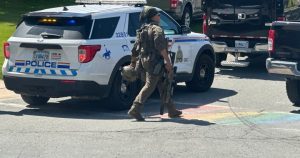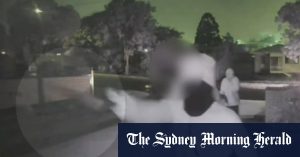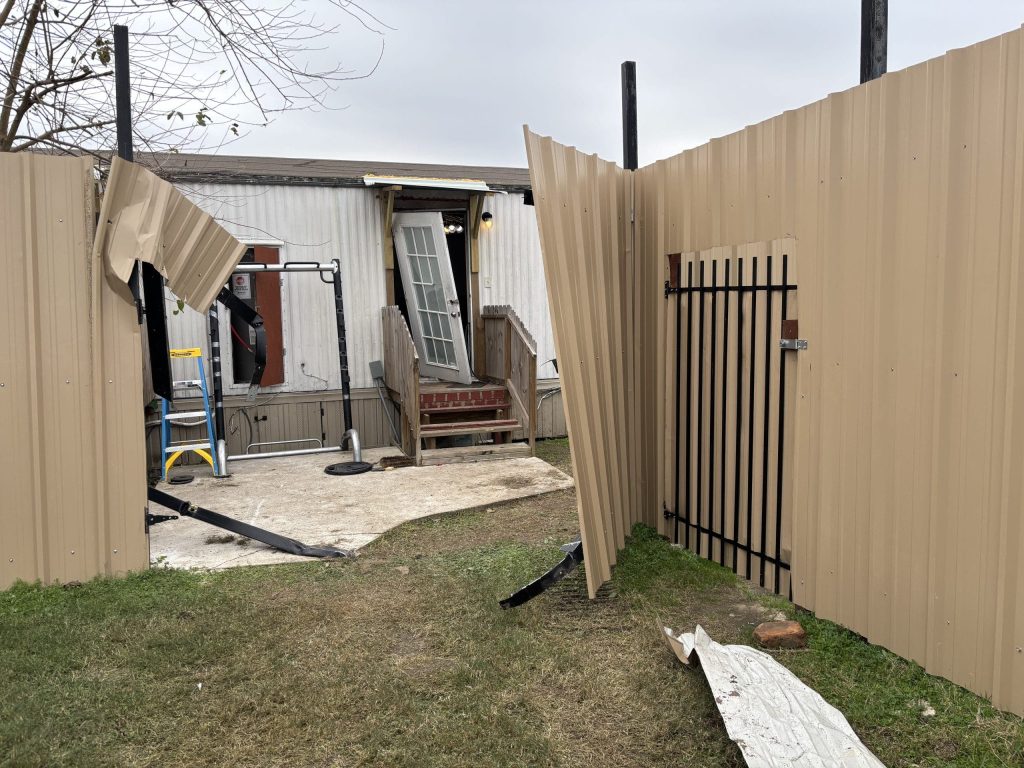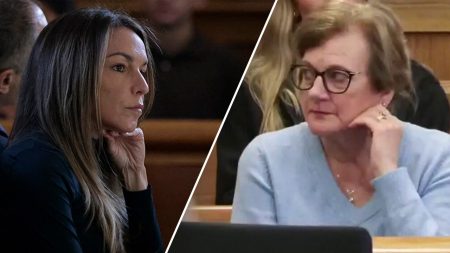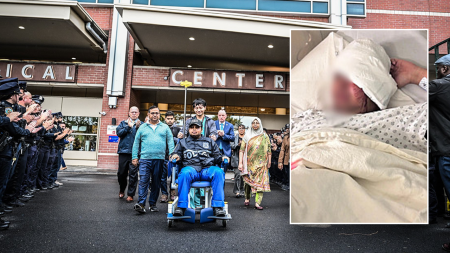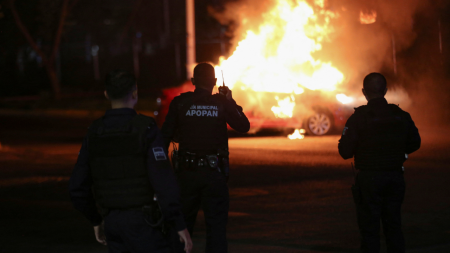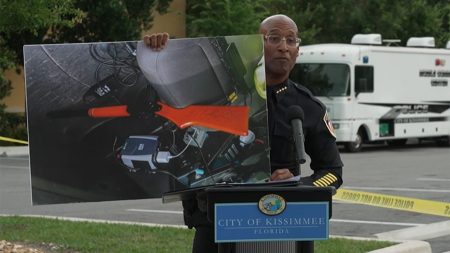Shamsud-Din Jabbar, a 42-year-old former U.S. Army veteran, perpetrated a horrific act of violence in the early hours of New Year’s Day 2023, turning the celebratory atmosphere of Bourbon Street in New Orleans into a scene of carnage. Jabbar, driving a white pickup truck adorned with an ISIS flag, plowed into a crowd of revelers before opening fire on law enforcement officers, who responded fatally. The attack, which authorities are investigating as an act of terrorism inspired by the Islamic State, claimed 15 lives, including Jabbar’s, and left over 30 individuals wounded. This tragedy unfolded against a backdrop of heightened security concerns and followed online calls from pro-ISIS groups urging attacks during the New Year’s Eve festivities.
The subsequent investigation led law enforcement to Jabbar’s modest mobile home in a predominantly Muslim neighborhood in north Houston, Texas. A raid conducted by the FBI and a Houston SWAT team revealed a dwelling in disarray following their search. The interior offered a glimpse into Jabbar’s life, showcasing a mixture of mundane and intriguing items. Alongside everyday objects like a dartboard and a suitcase, the home contained multiple copies of the Quran, Islamic literature, a book on Christianity, and a computer setup. A green military-style backpack and a can of pepper spray were also discovered within the residence, hinting at a possible preparedness for conflict. The presence of religious texts underscores the complex interplay between faith and extremism that often forms the backdrop of such violent acts.
Neighbors in Jabbar’s Houston community painted a picture of a quiet and respectful individual, seemingly devoted to his Islamic faith. This portrayal contrasted sharply with the image of the perpetrator of a terror attack, highlighting the challenges in identifying signs of radicalization. Their accounts emphasized Jabbar’s seemingly ordinary life, further complicating the task of understanding the motivations behind his actions. He was known to frequent the Masjid Bilal Mosque and Darul Arqam Islamic school, both located within walking distance of his home, further emphasizing the religious element in his life. However, the presence of both Islamic and Christian texts in his home suggests a potentially more nuanced religious perspective than might be initially assumed.
The neighborhood surrounding Jabbar’s residence presented a scene of stark contrast to the festive atmosphere of Bourbon Street. The area was characterized by dilapidated housing, damaged infrastructure, and an abundance of stray animals. Jabbar’s yard, populated by ducks and chickens, and the presence of goats in a nearby yard reflected a rural touch amidst the urban decay. This environment of neglect and disrepair stood as a stark backdrop to the violent act that Jabbar would soon unleash, prompting questions about the potential influence of socioeconomic factors in shaping his trajectory. While these environmental details provide context, they offer no definitive answers about the root causes of his radicalization.
A neighbor recounted an interaction with Jabbar on the morning of December 31st, the day before the attack. The neighbor witnessed Jabbar loading a white pickup truck with what appeared to be lightweight, handheld items and was informed that Jabbar had secured a job in Louisiana and was moving there. This account, initially interpreted as a mundane relocation, later took on a sinister significance. It provided an eerie glimpse into the final preparations before the attack, highlighting the deceptive normalcy that often precedes acts of terrorism. The neighbor’s subsequent disbelief and shock upon learning of Jabbar’s alleged involvement underscores the difficulty in reconciling the everyday interactions with the horrific act he perpetrated.
The attack on Bourbon Street raises complex and troubling questions about the nature of radicalization, the role of religious ideology in motivating violence, and the challenges of preventing such tragedies. While the investigation continues, the contrasting images of Jabbar as a quiet neighbor and a violent extremist serve as a stark reminder of the unpredictable and multifaceted nature of terrorism. The details emerging from the search of his home, his interactions with neighbors, and the state of his surroundings offer pieces of a puzzle that investigators will attempt to assemble to understand the motivations behind this horrific act. However, the answers may prove elusive, leaving a legacy of grief and unanswered questions in the wake of the New Year’s Day massacre.
